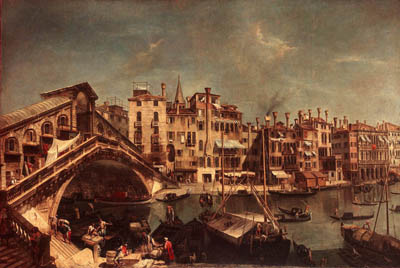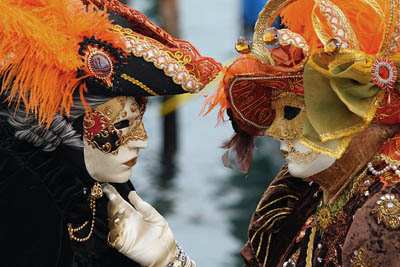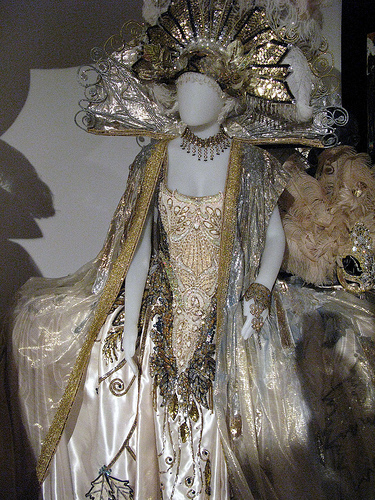The first documented evidence of the festival appears during the Dogate of Vitale Falier, (the Doge was the Prime Minister of the Republic of Venice an office that lasted from 692 up to the fall of the Republic in 1797). The annual celebration as we know it, is thought to have come from an annual celebration of the victory of Doge Vitali Michieli II over Ulrich II, Patriarch of Aquileia in 1162. Ulrich had been taken prisoner and was later released on condition that he paid an annual tribute to Venice in the form of one bull, 12 pigs and 12 loaves of bread. The festival traditionally from this point involved the slaughter of a bull (representing Ulrich) and 12 pigs in the Piazza di San Marco on Shrove Thursday to commemorate the victory.
The festival of Carnevale fell into decline in the 17th and 18th centuries and when the city fell under Austrian rule in 1798 in fell away altogether, it was eventually outlawed by Mussolini’s Fascist government in the 1930’s but was revived by a small group of artisans in the 1970’s. Since then the Carevale di Venezia has reclaimed it’s rightful place at the centre of the festival. The traditions have come home, the city where they belong and Venice shines and glimmers with opulence once again while over 3,000,000 visitors take part in what is surely in the world a totally unique party in a totally unique city.
"One day I just thought I wanted to create something for me, on my own, and I opened a small shop where I would display my creations. And there you go: from then on, things started to happen. I believe you make your fortune on your own, you have to create the right circumstances to help your dreams come true" says Antonia Sautter.





















No comments:
Post a Comment